Discussion
Pegasystems Inc.
JP
Last activity: 15 Apr 2024 5:15 EDT
How to enable Gaiji for Japanese customer
Hi,
Gaiji is a character that is valid in a given writing system but not included in the present font and/or character encoding, and which therefore is displayed using an additional mechanism. Personally, I don't recommend using Gaiji as it may cause miscellaneous unnecessary issues. Many characters have been added to Unicode in updated release, and I believe it is sufficient enough for most of business. However, some Japanese customers still want to use it so it is compatible with their legacy systems in data integration. In this article, I will explain how to enable Gaiji in Pega Platform.
- How to see Gaiji lineup
You can reference Gaiji lineup from IME Pad as below.
1. Right-click on character on menu bar and launch IME Pad.
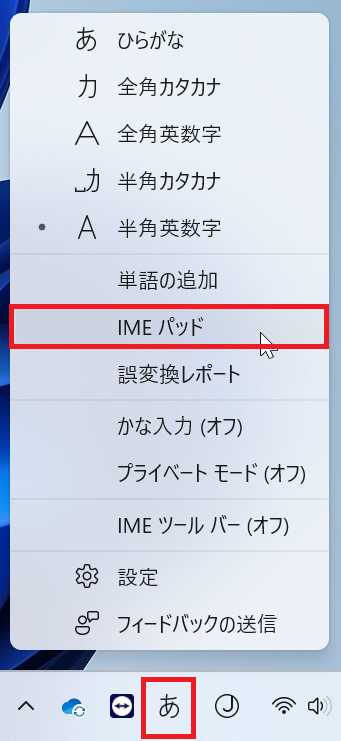
2. Navigate to Shift JIS > Gaiji. System defaulted Gaiji will be displayed in the right pane.
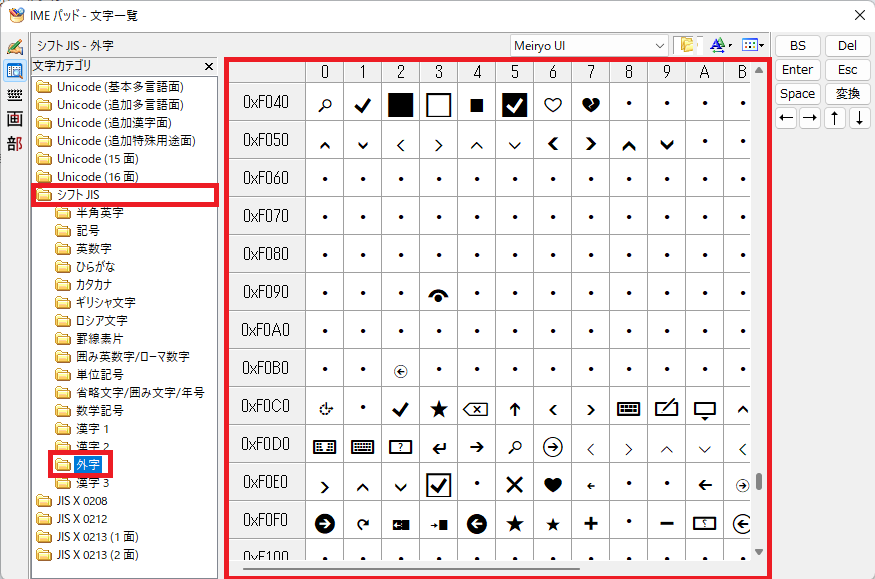
- How to define Gaiji
You can freely define a custom Gaiji on your own. Some Japanese companies even have their company logo as Gaiji.
1. From Windows run dialog, launch eudcedit.
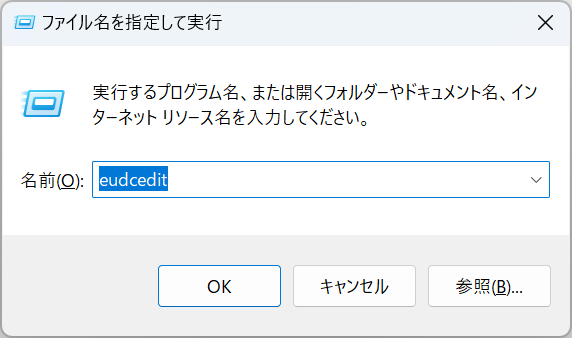
2. Select code where you want to store your Gaiji. Click OK.
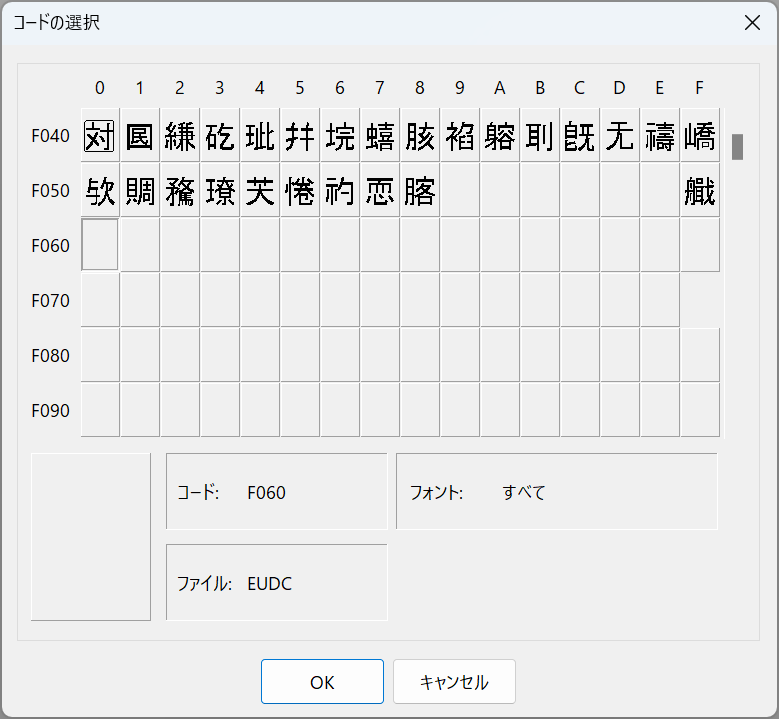
3. Gaiji editor is launched. You can now freely design your own character.
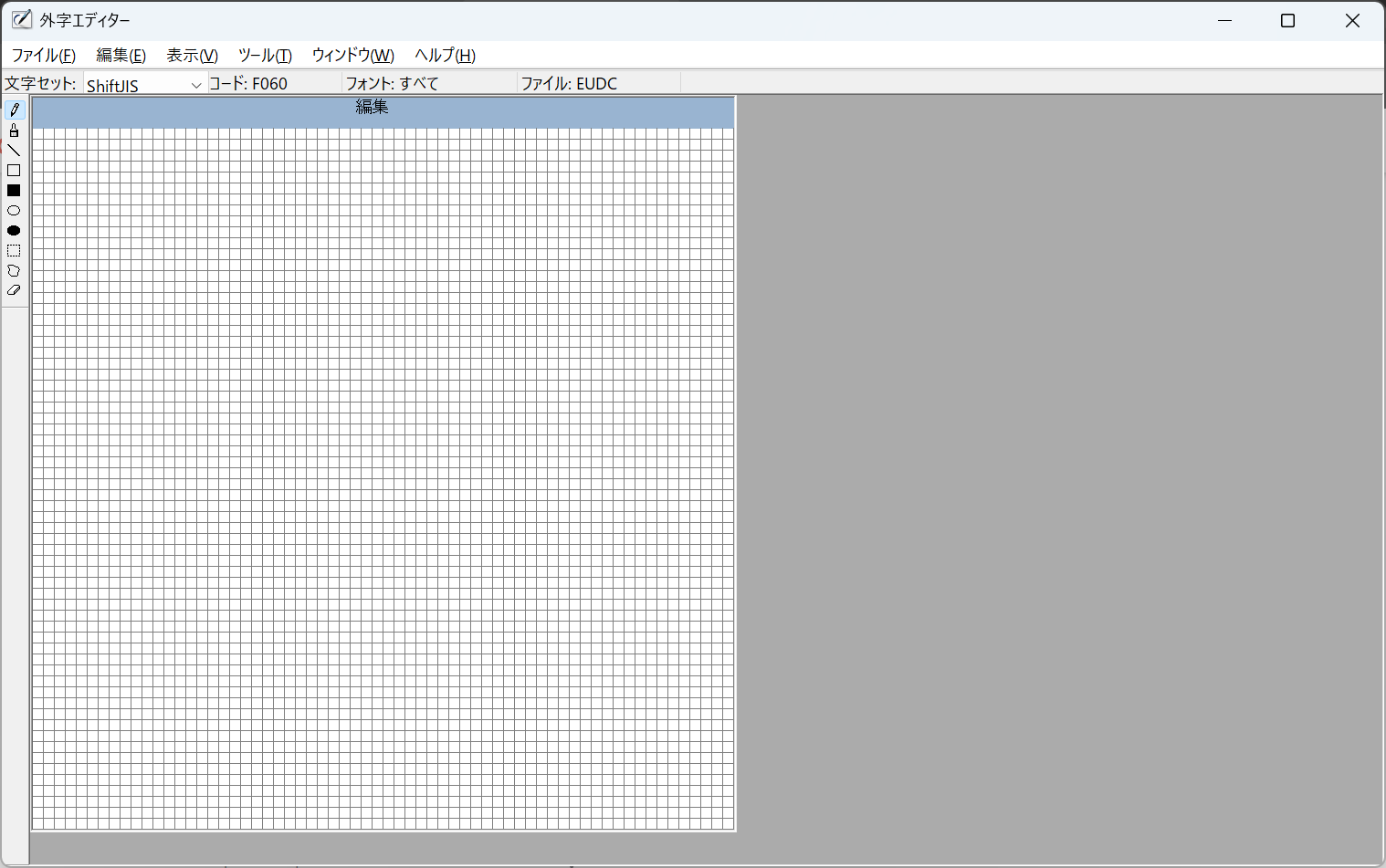
4. Once done, save this work. Gaiji is automatically saved to EUDC.TTE and EUDC.EUF. "TTE" is the actual Gaiji and "EUF" is its management data.
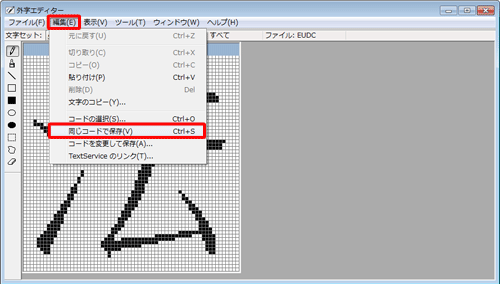
- How to distribute / install Gaiji to client PCs
Customers should already have their company specific EUDC.TTE and EUDC.EUF. You may be given two files from customer to enable it in client PCs. Here are steps to install Gaiji.
1. Using command prompt, copy EUDC.TTE and EUDC.EUF files to C:\Windows\Fonts directory. These files are special and you need to do this operation from command prompt. Do not copy from Windows Explorer.
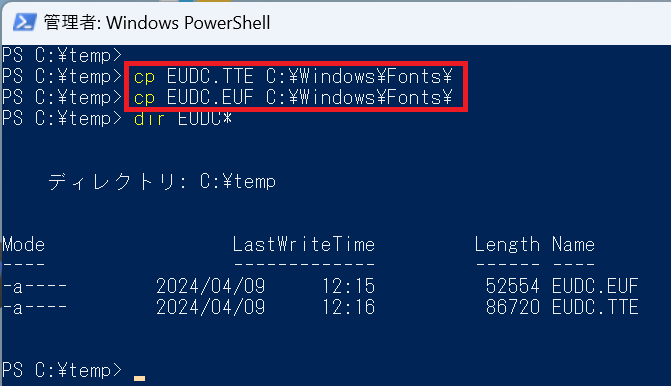
2. Reboot PC.
3. Launch IME pad and make sure Gaiji is installed. Below is a sample Gaiji definition.
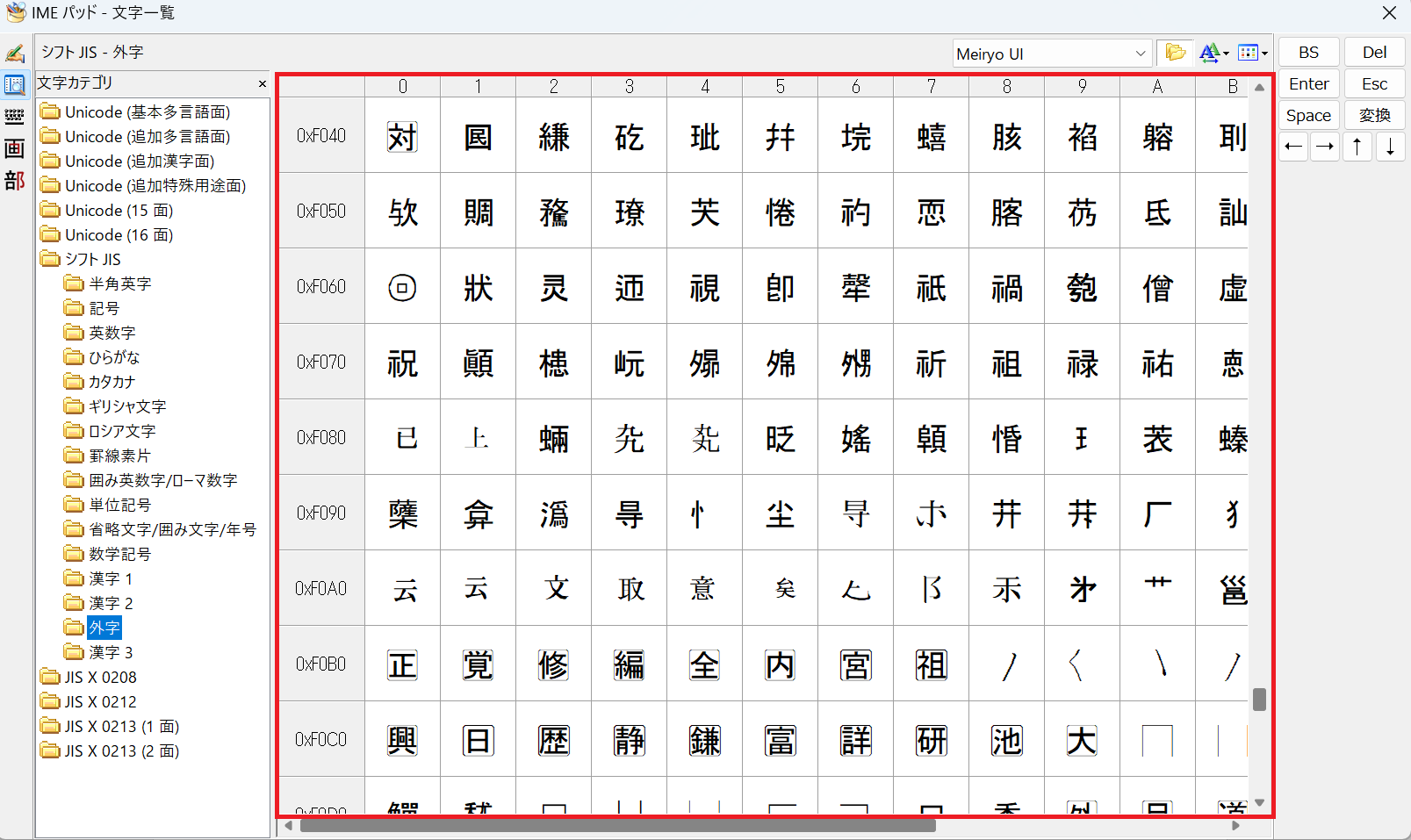
- Where Gaiji can be used?
At this point, we have installed Gaiji on client PC. Can we now use it everywhere? Well, you may or may not, because it depends on application. In this specific example, Gaiji was available in Windows Edge, Notepad, Office Word, Excel, and Power Point, etc. Below is the screenshot of Edge browser.
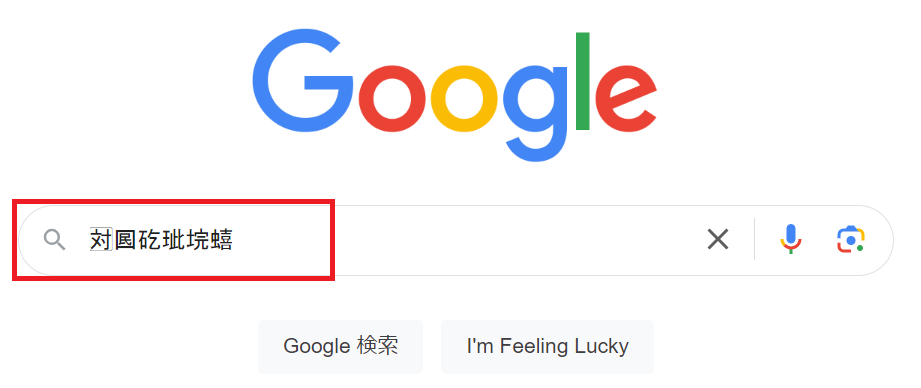
However, characters got scrambled in other applications such as Notepad++, Chrome, Firefox, Safari. Below is the screenshot of Chrome browser. This square sign is called "Tofu".
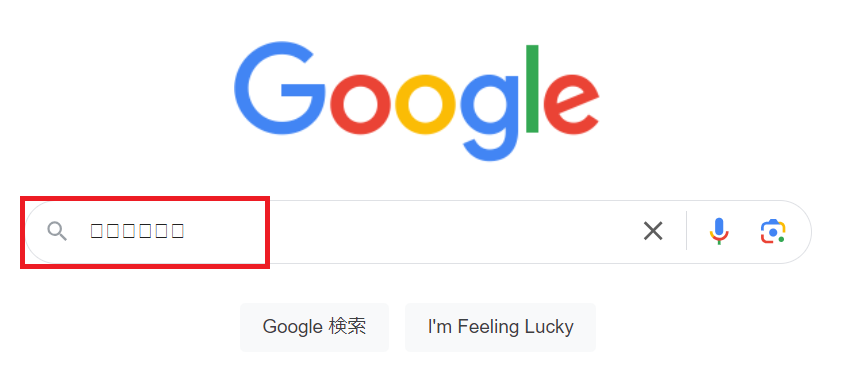
This depends on Windows OS version as well, but my guess is recent Microsoft application can interpret Gaiji, but other Non-Microsoft applications can't.
- How can we enable Gaiji on Pega
If your customer uses Pega only on Edge browser, no more work is required. However, most of customers also use Chrome browser. In this case, we can accomplish this by installing Gaiji on Pega server. Please also refer to https://support.pega.com/discussion/how-install-custom-web-fonts-pega-platform for details. Here are the steps.
1. Copy EUDC.TTE and rename it as EUDC.TTF (or if your tool supports direct conversion from TTE to WOFF2, this step can be skipped).

2. Convert TTF to WOFF2.

3. Create Rule-File-Binary and upload WOFF2 file we just created.

4. Create Rule-Text and include below snippet.
@font-face {
font-family: "MyGaiji";
src:url("webwb/MyGaiji.woff2");
}

5. Add this css file to Skin rule.

6. Select "other..." for overall font from Base settings tab and specify the font-family name you defined in the css. This change is reflected on a system right away.

7. Make sure you can save Gaiji character in Pega screen with Chrome browser.

- If this operation changes entire fonts, and if you want to keep the original fonts (OpenSans), you can also specify "OpenSans" followed by comma as below.

MyGaiji, OpenSans
Thanks,
